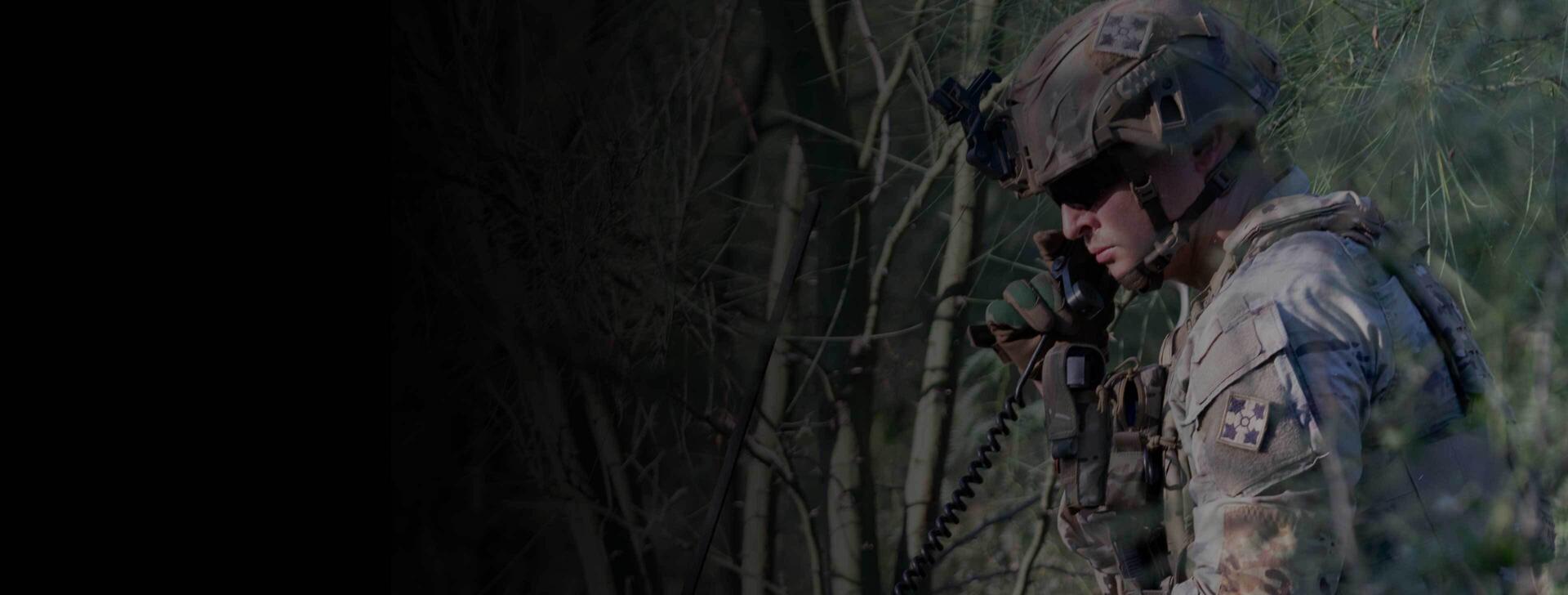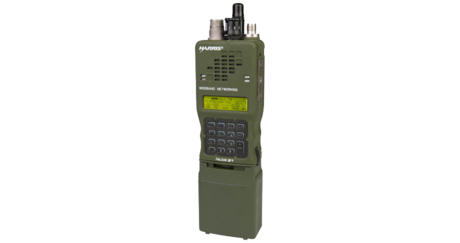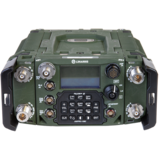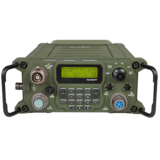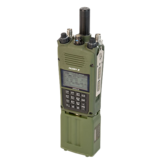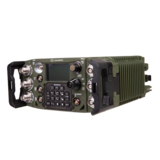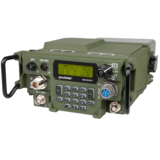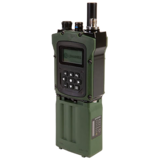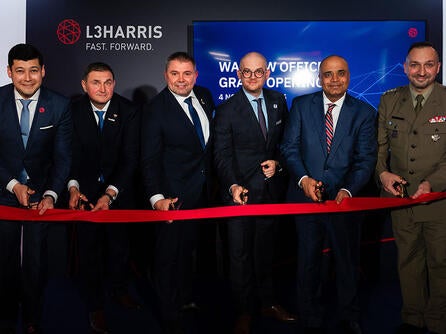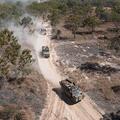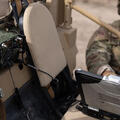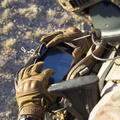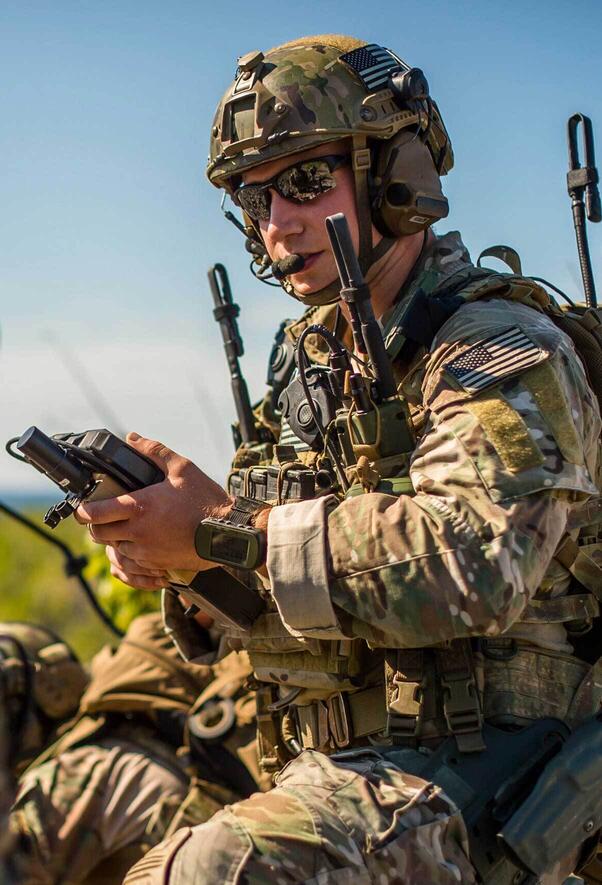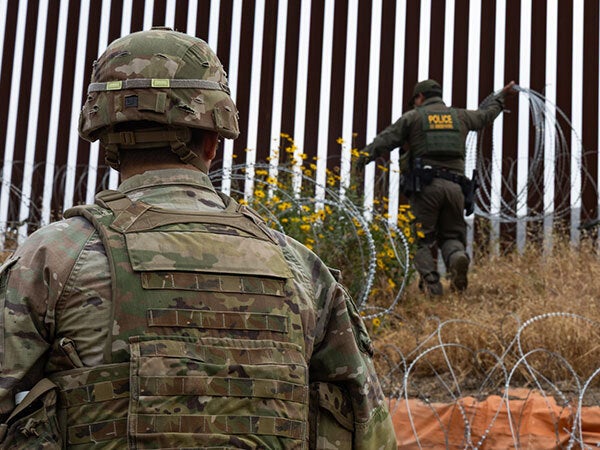
Army National Guardsmen are called to support their local communities for a myriad of efforts, from firefighting and emergency rescues to mutual-aid response at the border.
In the majority of these domestic missions, the Army National Guard (ARNG) works in tandem with state and municipal first-responders operating on Project 25 (P25) networks.
With 52 Army Aviation Support Facilities (AASF) across the United States, interoperability with public safety users is an important requirement for the ARNG – and a niche need not shared with the majority of active-duty forces.
“Guard units might encounter a wide array of requests from multiple agencies on any given day – in Vail, Colorado, they might perform Search and Rescue missions at local ski resorts; in Arizona, they might be firefighting one day and supporting Border Control efforts the next,” according to Bill Seiss, Director, U.S. Army Tactical Communications programs, L3Harris. “Previously, the Guard would use commercial radios to connect with P25 networks. Our Falcon IV radios, however, have a built-in gateway capability to seamlessly tie multiple networks – military or commercial – together in a unified ecosystem.”
Four years ago, several members of New Mexico’s National Guard learned that the P25 Trunking waveform could operate through L3Harris AN/PRC-167s, meeting a critical interoperability need for mutual-aid support operations. This led to a collaborative effort to provide two-channel systems that can unify Army tactical communications suites and P25 for converged, interoperable connectivity with state and local emergency personnel.
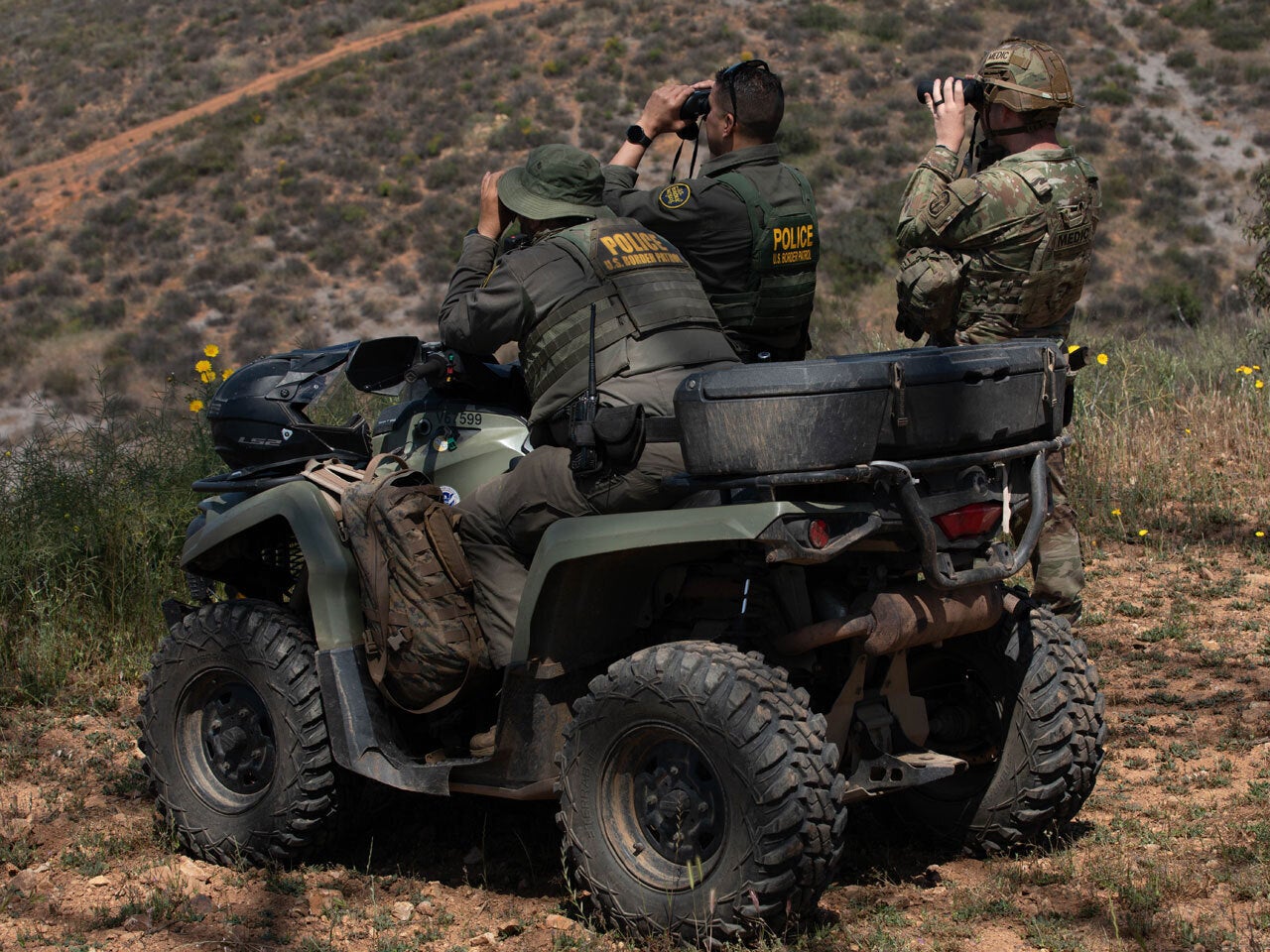
The Guard can also incorporate their fleet of UH-60M and H Black Hawks and CH-47 Chinooks into the program, to act similar to the Army’s HMS and Air-to-Ground Network Radio programs and provide multi-domain resilient interoperability.
“The Guard asked for two things: the first was AN/PRC-167s with P25 Trunking, which is a pretty standard catalog item – they just need different antennas and a waveform license,” Seiss said. “The second was handheld AN/PRC-163s to give them a mobile capability for air traffic control operations when aircraft come in and out of respective AASFs.”
The program provides cost-effective synergies now that the Guard is using – and requiring maintenance for – the same equipment active-duty forces do, according to Seiss.
The Army National Guard officially awarded L3Harris a contract for AN/PRC-167 sets in December 2024. This follows a series of ARNG custom support programs the company has supported over the last decade.
